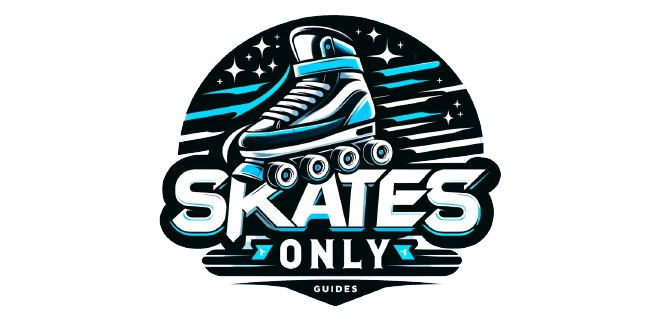Roller skating, a leisure and sport activity enjoyed by people of all ages, combines fun, fitness, and a unique way to explore your surroundings. Whether you’re gliding through a park or dancing in a rink, mastering roller skating can open doors to a new world of movement and expression.
This article aims to guide how to get better at roller skating, prowess, outlining key techniques, practice routines, and ways to connect with the skating community.
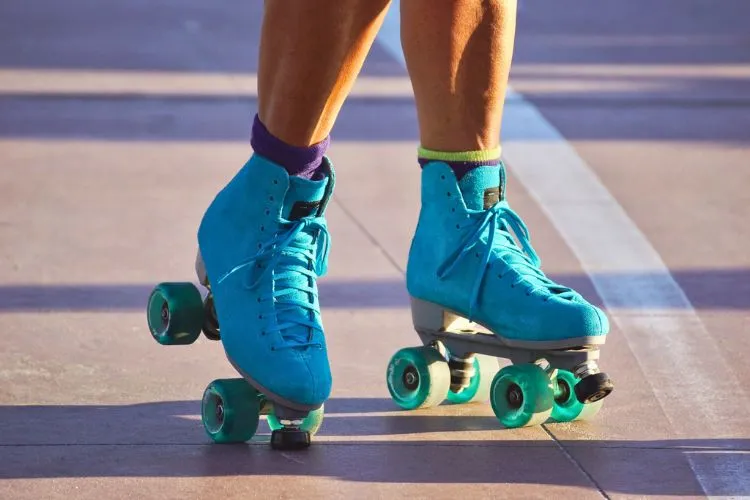
Understanding the Basics
Before diving into advanced techniques, it’s crucial to build a strong foundation in the basics of roller skating. This starts with the right gear.
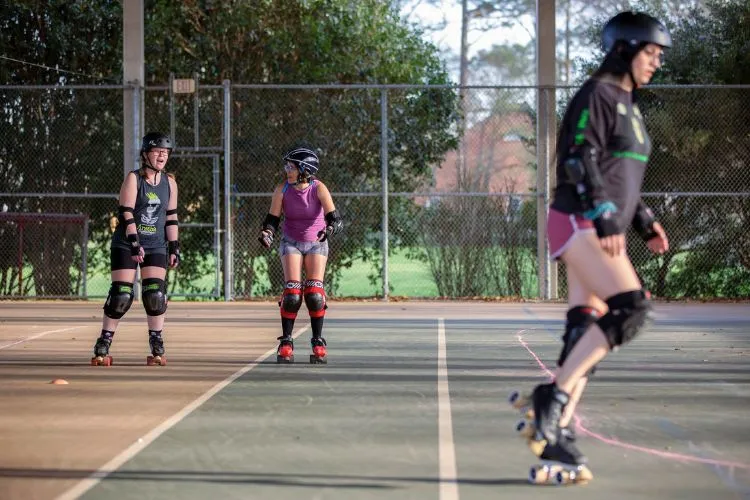
Skates should fit well, offering support and comfort, while protective gear—helmet, knee pads, elbow pads, and wrist guards—minimizes the risk of injury.
Developing a proper skating stance is your first step. Keep your knees slightly bent, lean forward slightly, and maintain your feet shoulder-width apart. This position helps with balance and gives you more control as you skate.
How to Get Better at Roller Skating?
Achieving fluid movement on skates revolves around balance, strides, turning, and stopping. Balance is crucial in roller skating.
It allows you to move smoothly and react swiftly to changes in your environment. Start by practicing standing on your skates without moving, gradually shifting your weight to feel the center of balance.
Strides in roller skating are similar to walking, but with a glide. Push off with one foot while the other slides forward. Alternate your feet to keep moving. Focus on making each stride smooth to maintain your momentum.
Turning takes practice. Start with gentle curves, gradually leaning into the turn. As you gain confidence, practice sharper turns by bending your knees more and using your arms to help guide your direction.
Learning to stop is essential. Begin with the toe stop by gently pressing the toe stop of one skate to the ground. As you get comfortable, explore other stopping methods like the T-stop, where one foot drags behind perpendicular to your front foot, providing friction to slow you down.
Advanced Skills Development
Once you’re comfortable with the basics, challenge yourself with backward skating, crossovers, and simple jumps.
To skate backward, start in the basic skating stance, then gently push off backwards with one toe stop and glide. Gradually use alternate feet to push off, keeping your movements controlled.
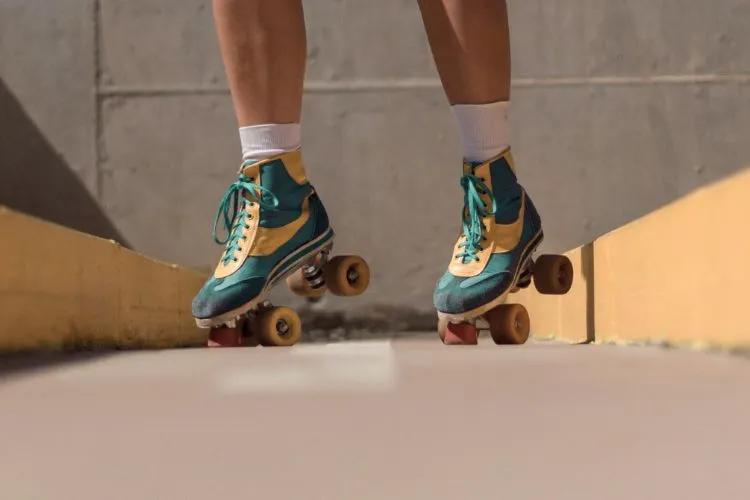
Crossovers help you navigate corners and curves with ease. Practice them by lifting your outside skate and crossing it over the inside skate, shifting your weight smoothly as you turn.
Jumps add flair to your skating. Begin with small hops, keeping your knees bent. As you become more adept, try jumping from one foot to the other or introducing spins.
You may also find useful: How to Stop on Roller Skates? | Types of Rollerblades: A Complete Guide
Practice Makes Perfect
Improvement requires consistent practice. Design a routine that fits your schedule and includes time for warming up, practicing new skills, and cooling down.
Address challenges head-on, whether it’s fear of falling or mastering a particular maneuver. Confidence grows with every session.
Gear Maintenance and Upgrades
Maintaining your skates and gear ensures safety and peak performance. Regularly check your skates for wear and tear, cleaning and drying them after each use. Tighten loose parts and replace worn components as needed.
Knowing when to upgrade your gear is also important. If your skates feel less comfortable or you notice declining performance, it might be time for new skates or parts.
Joining the Roller Skating Community
Connecting with other skaters can boost your motivation and progress. Look for local skating groups or events to meet fellow enthusiasts. Online forums and social media platforms offer places to share experiences, get advice, and find inspiration.
Choosing the Right Skates
Choosing the right skates is paramount to your roller skating journey, influencing your comfort, performance, and overall experience. The debate between quad skates and inline skates often comes down to personal preference and intended use.
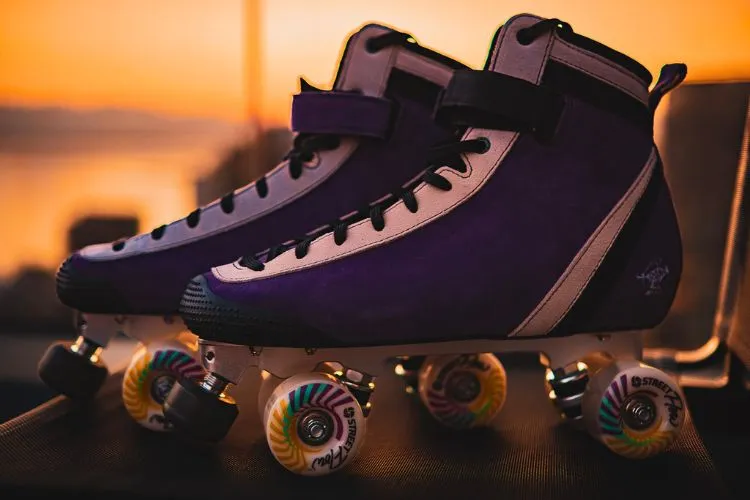
Quad skates, with their two front and two rear wheels, offer better stability and are traditionally preferred for artistic skating, rink dancing, and derby. Inline skates, featuring a single line of wheels, are favored for speed, street skating, and roller hockey due to their streamlined design.
Beyond the skate type, the choice of wheels plays a crucial role. Indoor wheels are generally harder, promoting speed and agility on smooth surfaces. Outdoor wheels are softer and wider, designed to absorb the irregularities of outdoor terrain for a smoother ride.
When selecting skates, consider where you’ll be skating and what style appeals to you most. This will guide you to a pair that not only matches your goals but also enhances your skating experience.
Cross-Training for Roller Skating
Cross-training is an effective strategy for enhancing your roller skating skills by building strength, increasing endurance, and improving flexibility. Activities like cycling can boost your cardiovascular health, vital for the sustained effort required in lengthy skating sessions.
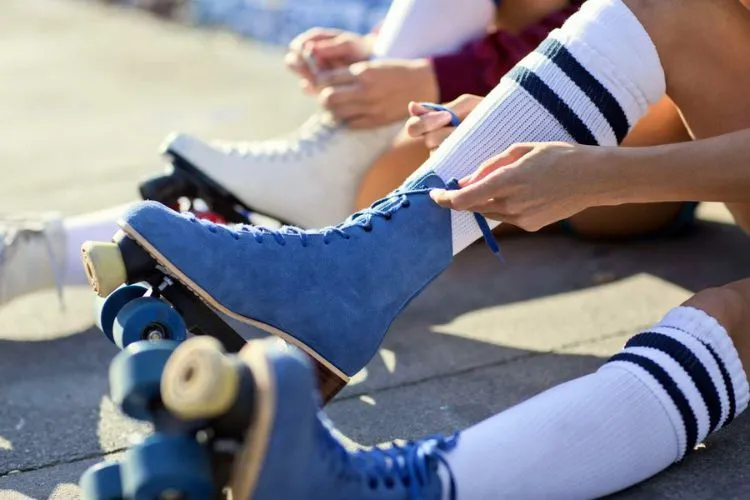
Yoga and Pilates contribute significantly to flexibility and core strength, translating to better balance and control on skates. Weight training, especially focused on the lower body, fortifies the muscles used in skating, enabling you to skate longer and with greater power.
Meanwhile, exercises like jumping rope can improve your footwork and coordination, essential for intricate skating maneuvers. By integrating a variety of workouts into your routine, you not only prevent the monotony of repeated movements but also develop a more well-rounded athleticism.
This holistic approach to fitness can lead to improved skating technique and reduced risk of injury, both critical for a rewarding skating experience.
Frequently Asked Questions (FAQs)
How long does it take to get good at roller skating?
Progress varies based on individual practice and dedication. With consistent practice, you can see significant improvement within a few months.
Can roller skating help in weight loss?
Yes, roller skating is an effective cardiovascular exercise that can burn calories and contribute to weight loss.
What are the best exercises for roller skaters?
Off-skate exercises like squats, lunges, and core workouts can improve strength and balance, enhancing your skating skills.
Tips for roller skating outdoors vs. rinks
Outdoor skating often involves uneven surfaces, so mastering how to navigate small obstacles and vary your stopping techniques is helpful. Rinks offer smoother surfaces, making them ideal for practicing technical skills like spins and jumps.
Conclusion
Roller skating is a rewarding journey that blends physical activity, creativity, and community. By focusing on technique, consistent practice, and engaging with the skating world, you’ll find yourself gliding with confidence and style. Embrace the challenges and joys of skating as you unlock your full potential on wheels.
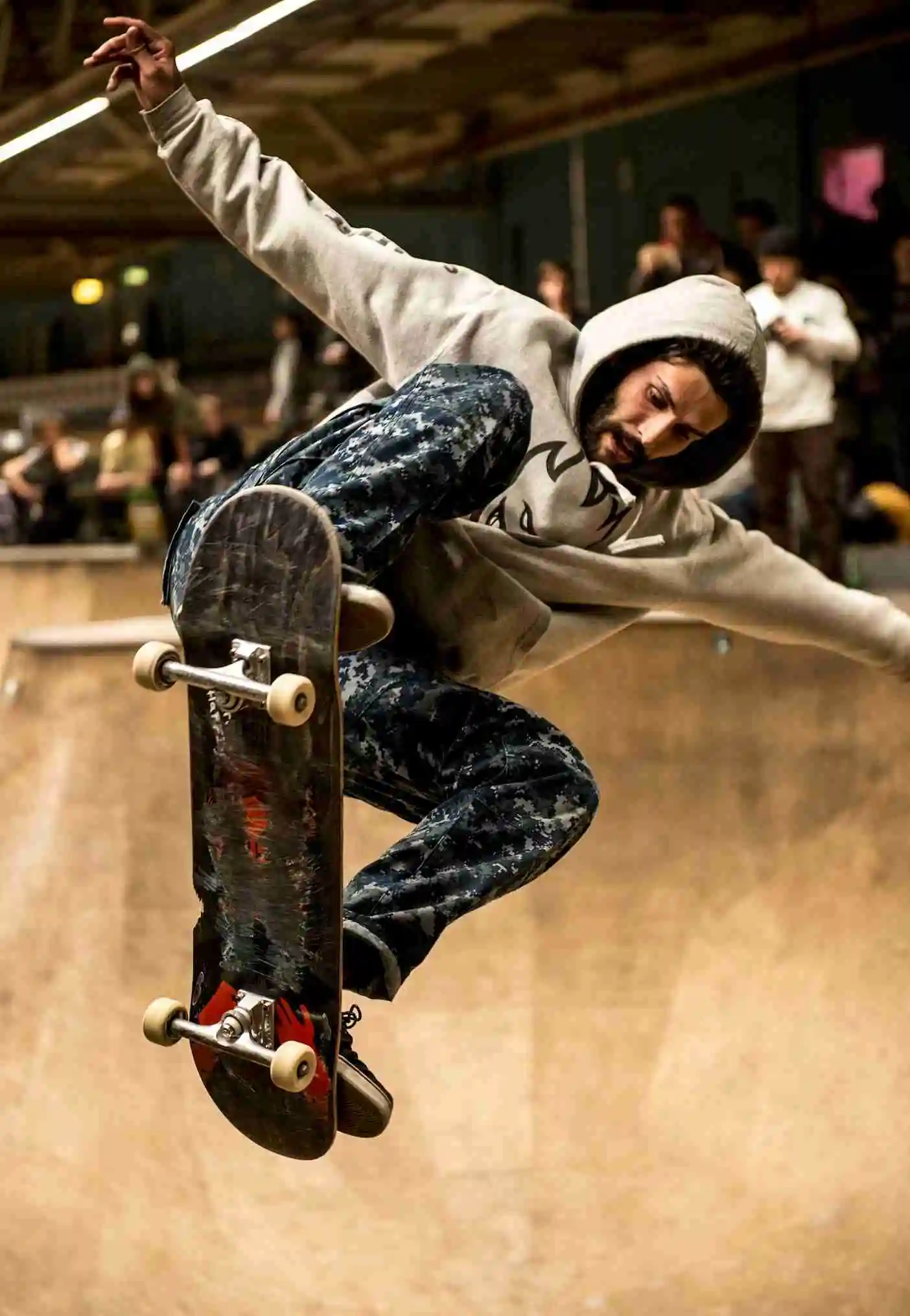
Matthew James is a passionate skater who wanted to create a platform to share his love for skating with others. With a vision to create a vibrant community of skaters, he aims to provide a space where skaters of all levels can connect, learn, and grow together.
